Description
Name in North American Boletes: Bothia castanellus
Genus: Bothia
- Genus 2: Suillus
Species: castanella
- Species 2: castanellus
Common Name: “Netted Suillus”
- Common Name 2: “Chestnut Suillus”
Tells: Overall color varies through yellow, brown, pink, and chestnut. Stem is often netted, esp. at the top. Chestnut-brown cap can have red or yellow notes. Broad, angular pores bruise tawny brown.
Other Information: Likes oak. The tan, buff, or golden- to pinkish-brown pores look like a Suillus, but the dry (not viscid) cap and the netting on the stem make this a very unique mushroom. The name means “chestnut” & refers to the color of the cap, even though in some cases the cap can lighten up enough to be called “yellow-brown” or be red enough to call “pink”.
Science Notes: DNA testing has moved this mushroom from Suillus to the newly resurrected, single-species Genus Bothia – and then to adjust the species name to a feminine ending that will match.
Edibility: Unknown.
CHEMICAL TESTS:
- NH4OH (Ammonia): Cap skin has a variable reaction: red or orange with a wine-colored flash, or orange-amber with a purplish/wine colored flash. Cap flesh turns very pale yellow.
- KOH: Cap skin turns dark brown, which fades to amber or yellow-amber. Cap flesh turns pale brown.
- FeSO4 (Iron Salts): Cap skin turns grayish. Cap flesh has no reaction.
Links:
 |
0 |  |
309 |  |
232 |  |
172 |

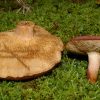
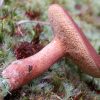

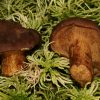
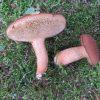
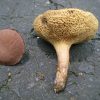
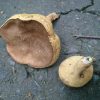
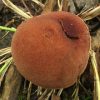
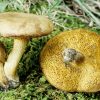
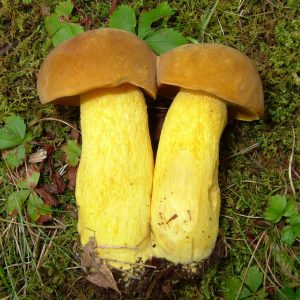
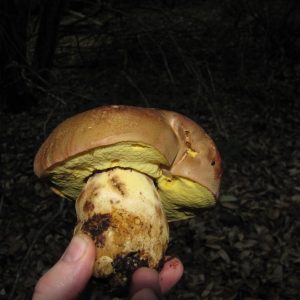

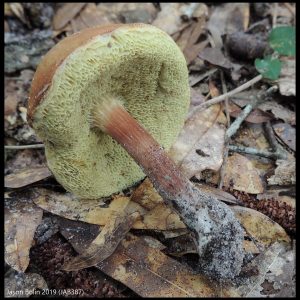
Got something to discuss?
I think I found this in Mississippi. Can I send you pics?